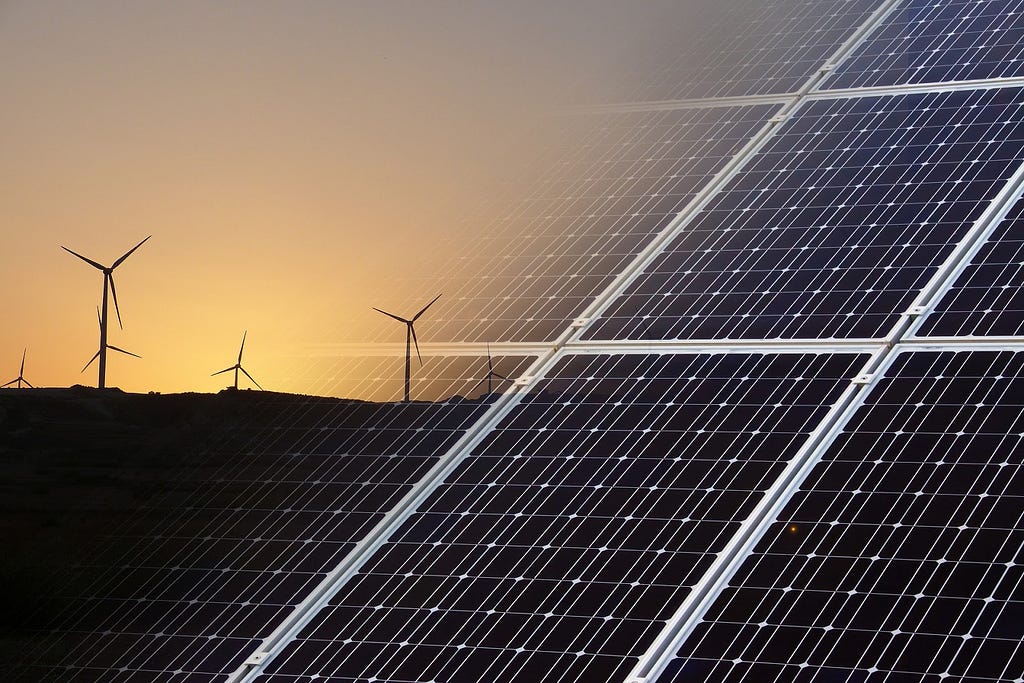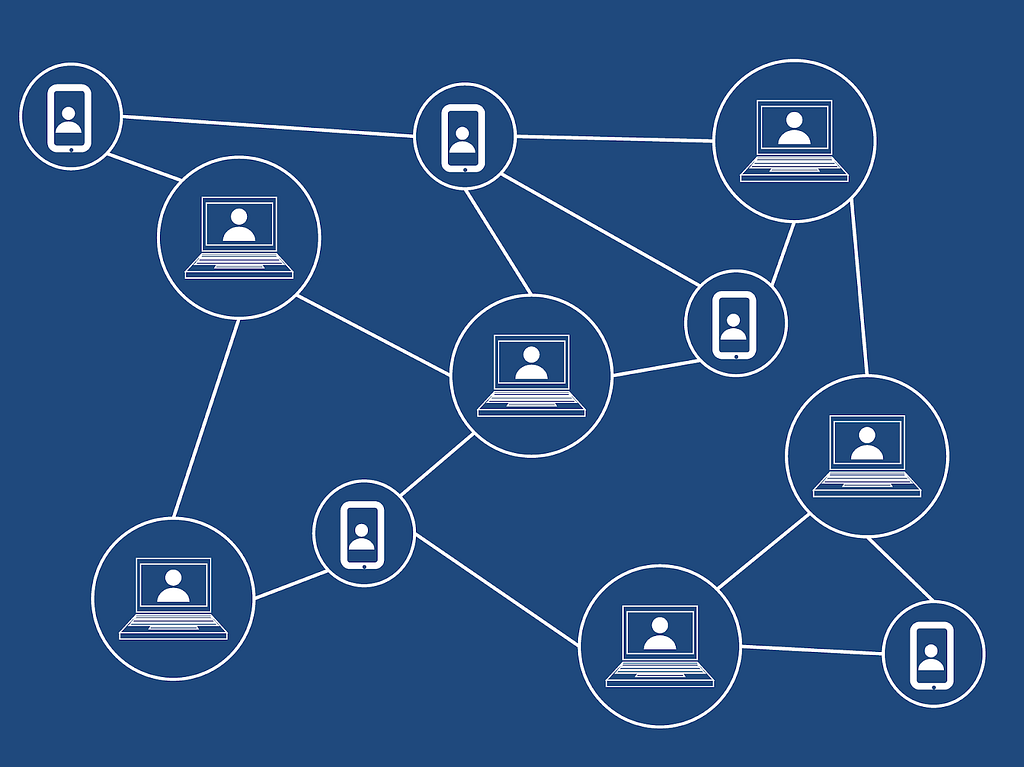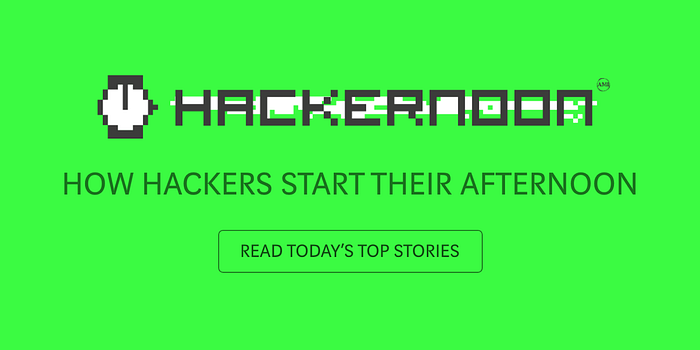Latest news about Bitcoin and all cryptocurrencies. Your daily crypto news habit.

With concerns about global climate change on the rise, there’s one essential question that remains: How do we effectively implement renewable energy? Solar panels are increasingly becoming more efficient and many communities — even in areas you wouldn’t normally expect them — are looking to the advantages of renewable energy from sources like solar, wind, and hydroelectric.
However, although more people are directing their attention to renewable energy as a key component of sustainability and responsible consumption, it may not be enough. Recently, the International Energy Agency published news that renewable energy is not growing fast enough to meet climate goals. Even with IEA forecasts of renewable energy growing to account for 18 percent of the world’s energy by 2040, that’s still well below their ideal sustainability target of 28 percent. Could blockchain technology offer a solution for more widespread adoption, usage, and integration of renewable energy in a more resilient manner?
In its current state, there are a variety of issues that plague the energy grids already in place. For starters, one of the biggest flaws is the centralization of power grids. Though having a centralized system may not seem like a flaw at first (streamlined power, right?) the negative aspects of such a system can be substantial to say the least.
Given events in recent history, the problems of centralized power grids have now become apparent. If we look to places like Puerto Rico after Hurricane Maria or Melbourne, Australia after a recent prolonged heat wave we see the effects more closely. In both cases, thousands of residents were left without power due to failures in the established energy grids. In both cases, the systems would have failed regardless of the source of energy as the failure was due to the centralized nature of the systems and the lack of resilience and adaptability. Centralized systems also mean centralized failures.
Though there are various solutions proposed for solving the current concerns in how governments are handling energy grids, perhaps the most salient answer is from those calling for decentralization. Laurie Guevara-Stone is with the Rocky Mountain Institute and focuses on questions of renewable and sustainable energy for the future of the globe. In a piece for GreenBiz, Guevara-Stone addressed why decentralized systems are a better response to growing concerns.
“But while many approaches to improving the grid’s reliability and resilience have focused on hardening — fortifying important but weak nodes in the system — there is a better way: decentralizing the grid through distributed energy resources. The less centralized a system is, the less prone it is to large-scale failure, a fact that many countries are acting on.”
When communities aren’t reliant on centralized sources for their power and methods of accessing that power, the energy grid is able to be far more resilient and we may one day be able to avoid power outages altogether.
As a quickly-expanding field in the tech sector, it should come as no surprise that blockchain technology is uniquely positioned solution for the energy sector’s issues. With an inherent focus on decentralization and distributed networks, one can plausibly argue that blockchain technology was expressly built for such an application.
Governments can take advantage of blockchain technology to start building distributed power grids of their own. With distributed systems, local areas are able to experience greater resiliency, adaptability, and reliability from their power grid. In fact, there are examples of this approach already taking place in the real world right now.
For example, the Eloncity Model, a project backed by the non-profit AI Grid Foundation, recently raised $20 million in funding for the renewable energy initiative and is looking to use that funding to make a difference. The Eloncity Model leverages both blockchain technology and renewable energy sources for a more sustainable future. To ensure the healthy future of the energy sector, Eloncity is providing the blockchain-based means for microgrids and energy transmission.
In fact, the Eloncity model is already being implemented. In San Juanico, Mexico on the Baja California peninsula, the Foundation is creating a sustainable method for the local community to have energy and improve the capacity for energy transmission. The new initiative is creating a distributed network of microgrids offering a more efficient and responsible model for energy transfer and consumption.
Another example of blockchain technology in action in the renewable energy sector is Swytch. The Austin-based blockchain startup is taking a different approach and focusing on rewarding those who use energy responsibly and generate renewable energy of their own. Rather than building the infrastructure for more resilient renewable energy, the Swytch team is “using the blockchain to track, verify, and reward sustainability.”
The concept is to create financial incentives for both individuals and businesses to adopt more responsible sources of energy and to reduce their reliance on fossil fuels. This theme of financial incentivization is also applicable to governments looking to implement more sustainable energy systems.
Like Swytch and Eloncity, governments can take advantage of distributed energy systems to battle power monopolies in specific areas. If there is a financial incentive for businesses and individuals to make the switch to more responsible energy consumption that is outside the hands of large power companies, then it’s only a matter of time until consumers act in the best interest of not only their well-being but of their wallets.
As the renewable energy sector continues to grow, communities, individuals, and governments alike are all looking for proper ways to implement sound rollout strategies. With the advent and implementation of blockchain technology, we may be seeing that sooner, rather than later. The future of the energy sector is two-fold: sustainable and resilient. By combining blockchain technology and renewable energy sources, the industry is in store to accomplish both goals in the not-so-distant future.
Will Blockchain Assist the Search for Renewable Energy Solutions? was originally published in Hacker Noon on Medium, where people are continuing the conversation by highlighting and responding to this story.
Disclaimer
The views and opinions expressed in this article are solely those of the authors and do not reflect the views of Bitcoin Insider. Every investment and trading move involves risk - this is especially true for cryptocurrencies given their volatility. We strongly advise our readers to conduct their own research when making a decision.



